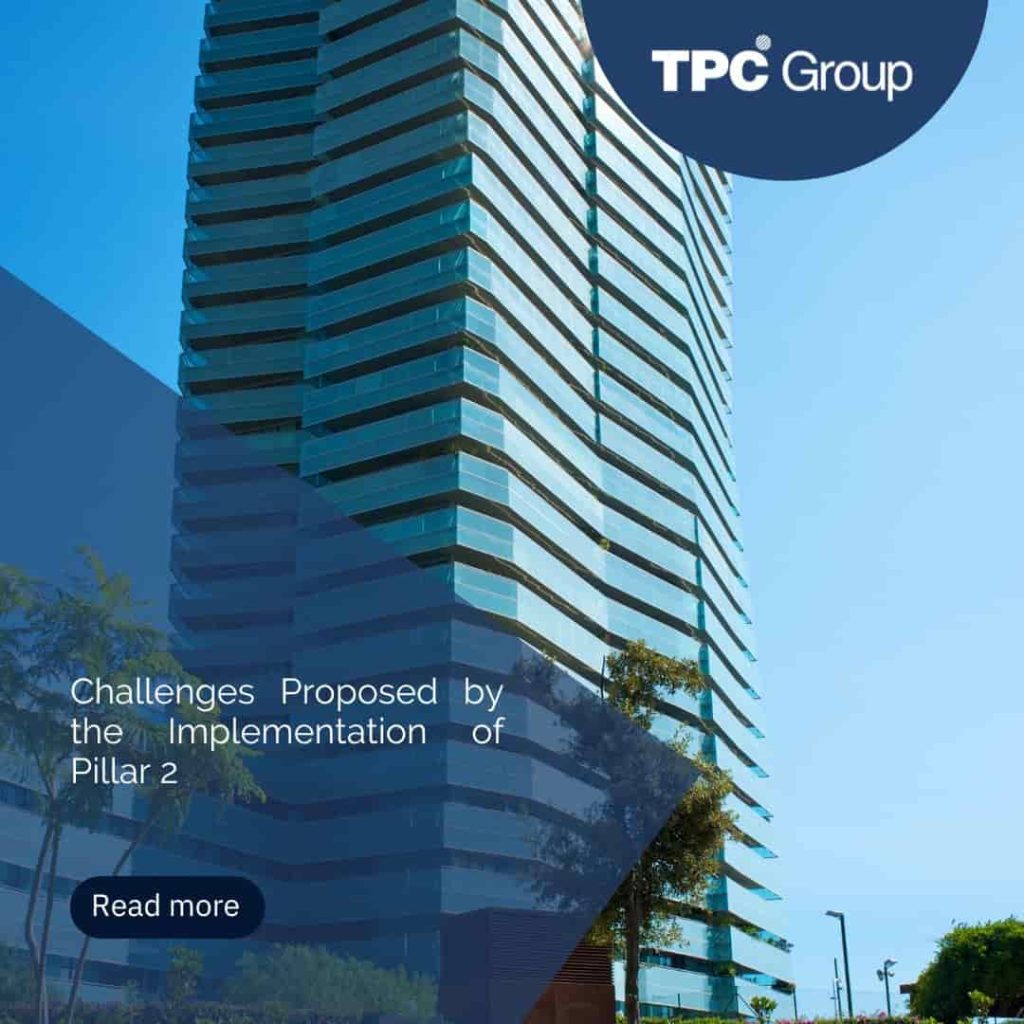Globalization and digitalization are rapidly advancing and simultaneously generating companies to change their transaction performance and also policymakers to question themselves and reformulate the procedure to levy global companies. This quest for changes in tax regulation arises from new businesses generating corporate profits eluding local taxation.
As stated by the OECD in the Minimum Tax Implementation Manual (Pillar 2), published in October 2023:
“(…) One of these challenges was the ability of large multinational groups to take advantage of the globalization benefits to structure their global transactions, enabling them to shift profits and partially or entirely reach tax rates effective on their revenues, which are lower than those paid by SMEs or employees without access to the same structuration opportunities.”
Once set the challenge and after several meetings, 137 member countries of the Inclusive Framework agreed on the following: The minimum tax payment by large multinational companies on the level of their income in each jurisdiction where they operate to reduce the shift of profits and thus establish a minimum limit to tax competition for reducing tax rates worldwide to attract investments.
Hence, three important questions arise: What is the purpose of Pillar 2? What are the guidelines framing it? How to calculate the top-up tax (minimum tax) to be paid by large multinational companies?
What Is the Purpose of Pillar 2?
Pillar 2 aims to reduce the profit shifting among countries through a minimum global tax of 15% to large multinational companies, i.e., avoiding tax competition in tax authorities of several countries. Conversely, its implementation will be intended for multinational groups whose global consolidated income is equal to or greater than €750 million (thus, subject to the scope provided by Action 13 of the BEPS “Country-by-Country” plan).
It should be noted that, although historically, Pillar 2 arises from Action 1 of the BEPS plan relating to the digitization of the economy, the top-up tax is not limited to digital activities and applies to any industry.
What Are the Guidelines Framing it?
The top-up tax regulations are implemented by the GloBE (Global anti-Base Erosion) rules and the Subject to Tax Rule concept:
- According to the IIR (Income Inclusion Rule), if at the level of jurisdiction where a company operates, there is an effective tax rate lower than 15%, then at the level of the parent company, its country of residence will impose a tax compensating the difference by ensuring an effective taxation of 15%.
- The UTPR (Undertaxed Payment Rule) applies to intra-group transactions when the recipient of the income is lower taxed at the 9% – under the context of the existence of a bilateral agreement – the agreement benefits are denied, enabling the source country to levy that income.
Subject to Tax Rule:
All jurisdictions applying a nominal income tax rate lower than 9% on interests, royalties, and a specific set of other payments will be required to pay the minimum tax of 9%, which must be included in the bilateral agreements with the member developing countries of the Inclusive Framework.
Procedure to Calculate the Top-Up Tax (Minimum Tax) to Be Paid by Large Multinational Companies
- The GloBE Income is determined by jurisdiction and adjusted (delimited by the OECD).
- The GloBE Income is compared with the covered taxes, country by country, to obtain the effective rate paid by each jurisdiction.
- The application of the GloBE regulations is analyzed
Although the OECD has provided the Implementation Manual of Pillar 2 to be implemented by tax policy officials, administrators, and other stakeholders for a general understanding of the rules and their expected effect, the issue is complex, and recommends addressing it along with an external multidisciplinary advice – international and legal taxation – enabling companies and the groups they belong to, among others:
- Prepare a diagnosis, understanding the effects that Pillar 2 could cause within the organization.
- Design a roadmap for the implementation.
- Implement policies related to the set of data necessary for compliance (either for updating or creation).
Source: Minimum Tax Implementation Handbook (Pillar Two). OECD/ G20 Base Erosion and Profit Shifting Project




